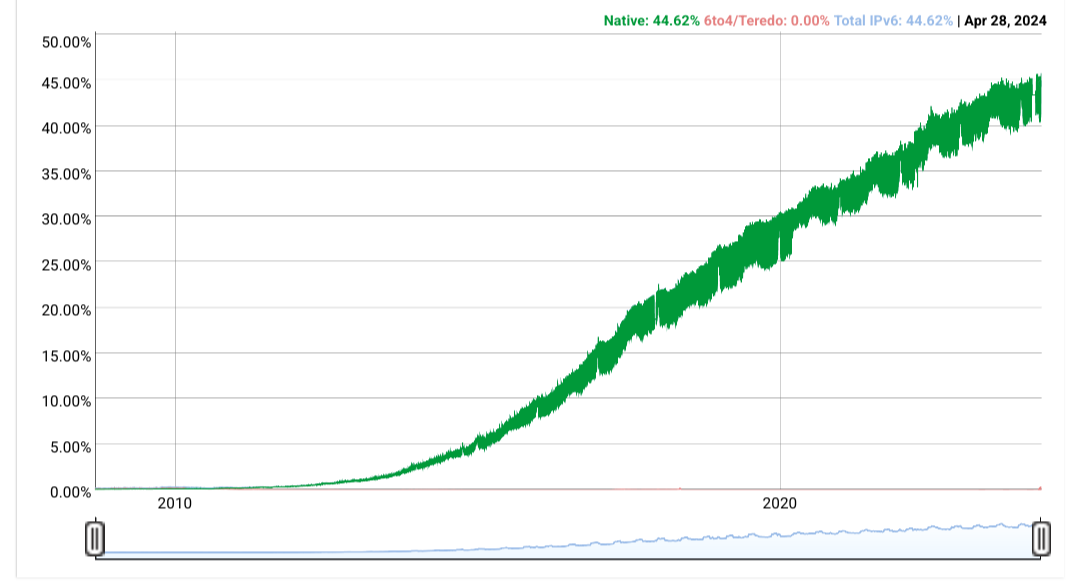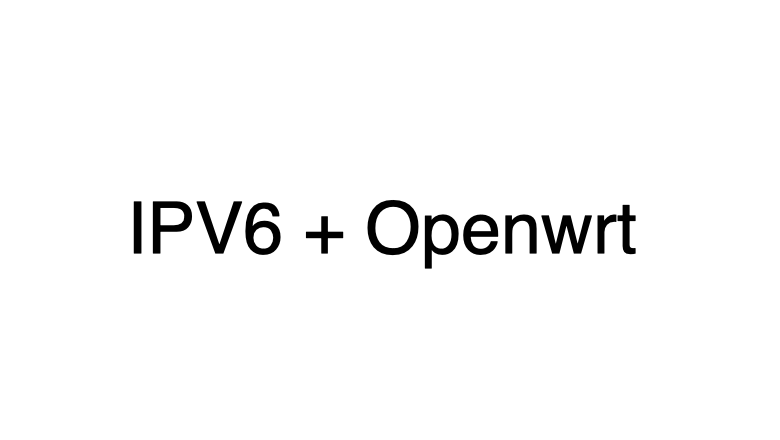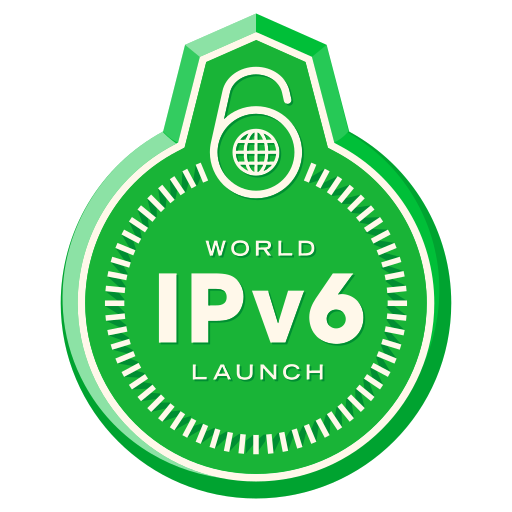Интернет бесподобен! Спасибо, TCP

Перед вами детальный разбор TCP — движущей силы интернета, в котором мы шаг за шагом рассмотрим принципы этой технологии на подробных примерах.
Интернет — невероятное изобретение. Людей от него за уши не оттащишь. Вот только есть у этого изобретения проблемы с надёжностью — пакеты теряются, каналы перегружаются, биты путаются, а данные повреждаются. Ох, какой же опасный мир! (Буду писать в духе Крамера).
Хорошо, почему же тогда наши приложения вот так просто работают? Если вы выводили своё приложение в сеть, то процесс вам знаком: socket()/bind() здесь, accept() там, возможно, connect() вон там и, вуаля — данные надёжно текут в обе стороны упорядоченным и целостным потоком.
Сайты (HTTP), сервисы e-mail (SMTP) или удалённый доступ (SSH) — всё это построено на основе TCP и просто работает.
















